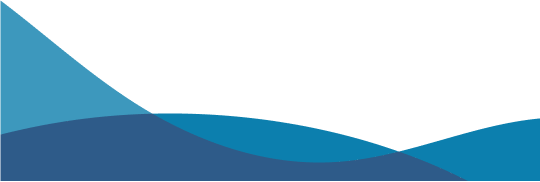Paying Off Your Student Loans Part 2: Forbearance and Forgiveness
In Part 2 of our series on managing medical student loan debt, we explore the Public Service Loan Forgiveness program as well as alternatives to forbearance.


Graduating from medical school is a euphoric experience. All that hard work, all that studying, all that sacrifice. And now, it’s official – you are a doctor. Congratulations!
You’ve made a lot of sacrifices, personally and financially. And as reality begins to set in, you start to wonder how you’ll pay off all your student loans.
In Part 1 of this series, we discussed the pros and cons of loan consolidation. Here in Part 2, we explore ways in which you can defer your payments or reduce your debt substantially through Public Service Loan Forgiveness.1
Forbearance alternatives
If you have a federal loan, there is a medical-resident-specific forbearance you may select which allows you to put your payments on hold for an extended period of time during training, although you will have to reapply every 12 months. During this forbearance period, interest accrues (with no subsidy on subsidized loans) and is added to your loan balance every 12 months. As a result, the balance grows, and interest charges increase throughout this time.
Although forbearance may feel like the easiest short-term solution, the resulting accumulation and subsequent capitalization of interest charges make it one of the costliest debt management approaches. For many, the capitalization of interest during a forbearance period can feel like a snowball growing as it barrels downhill.
Despite the steep cost, many residents decide to forbear their loans for as long as possible and begin paying down the debt while working as attendings. While some residents favor this method, the rapid accumulation of interest charges usually result in additional years of payments.
The Public Service Loan Forgiveness Program
If you work full-time in a public service position within a not-for-profit organization or for a US, state, local or tribal organization, you could have the remaining balance of your federal loans forgiven through PSLF when you meet the following requirements:
- Make 120 qualifying monthly payments
- Are a full-time employee in a public service position such as a nonprofit tax-exempt 501(c)(3); a federal, state, local, or tribal government organization, agency, or entity; a branch of the military; or a public service organization.
Note, that the payments do not have to be consecutive, so if you have a period of employment with a nonqualifying employer, you won’t lose credit for any prior qualifying payments you made. Learn more about PSLF and other student loan forgiveness programs for doctors in our other resources:
- Student Loan Forgiveness for Doctors: An Overview
- What Jobs Qualify for PSLF?
- Student Loan Forgiveness for Nonprofit Workers
In summary
For doctors who qualify, the PSLF Program can be invaluable in relieving you from a good portion of your debt.
In providing this information, neither Laurel Road nor KeyBank nor its affiliates are acting as your agent or is offering any tax, financial, accounting, or legal advice.
Any third-party linked content is provided for informational purposes and should not be viewed as an endorsement by Laurel Road or KeyBank of any third-party product or service mentioned. Laurel Road’s Online Privacy Statement does not apply to third-party linked websites and you should consult the privacy disclosures of each site you visit for further information.
Don’t miss the latest financial resources.
This site is protected by reCAPTCHA and the Google Privacy Policy and Terms of Service apply.
Get tailored Laurel Road resources delivered to your inbox.
Search Results


